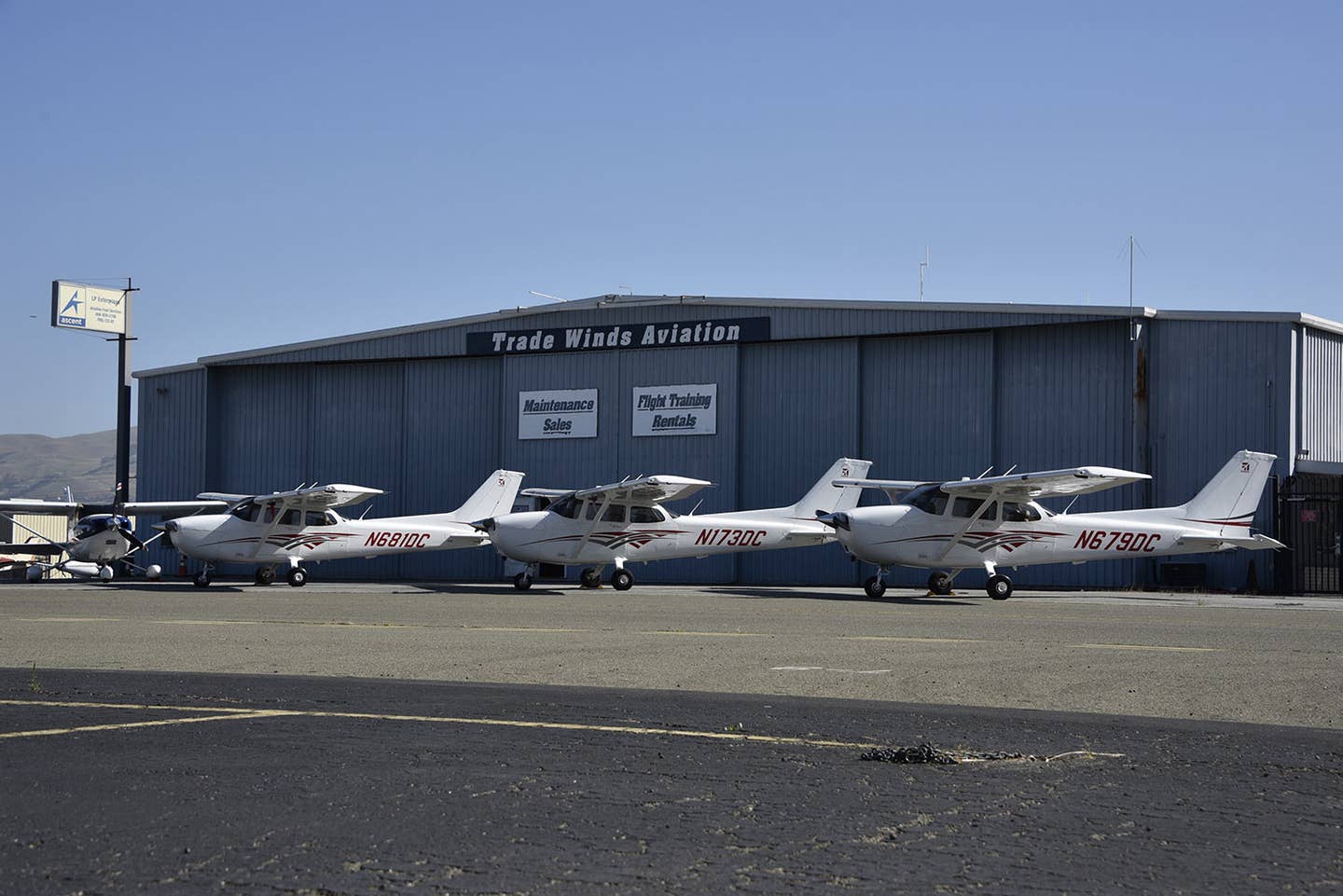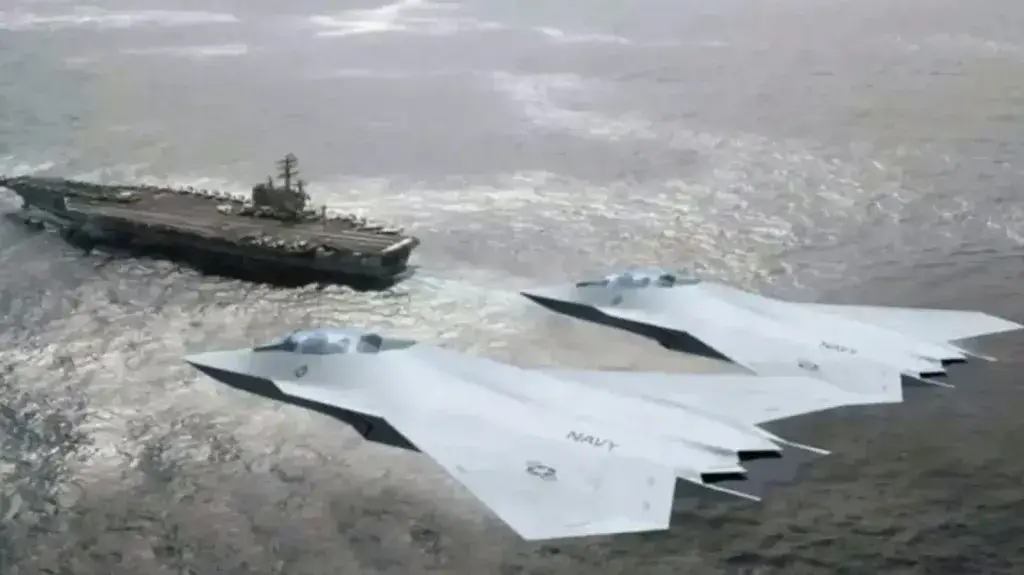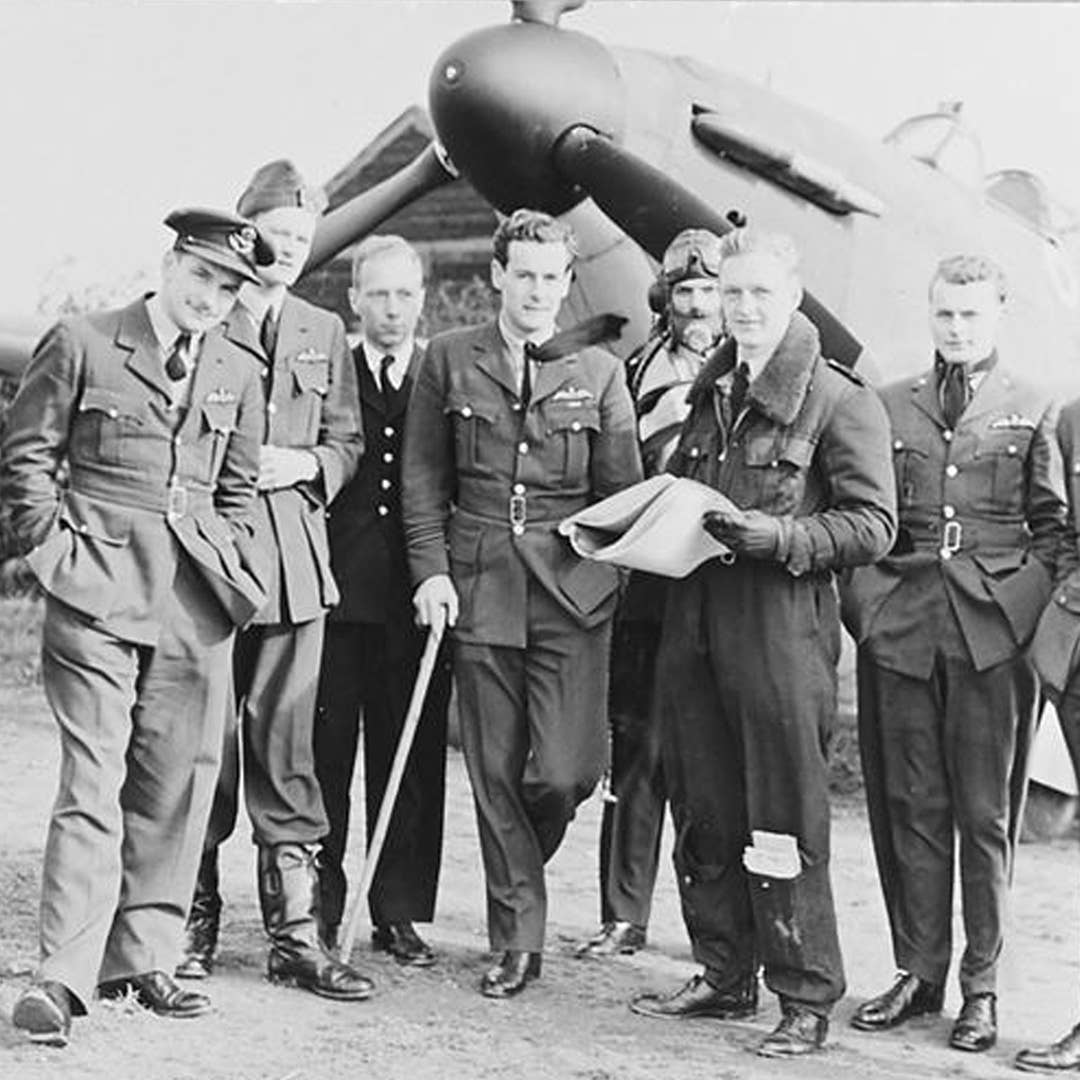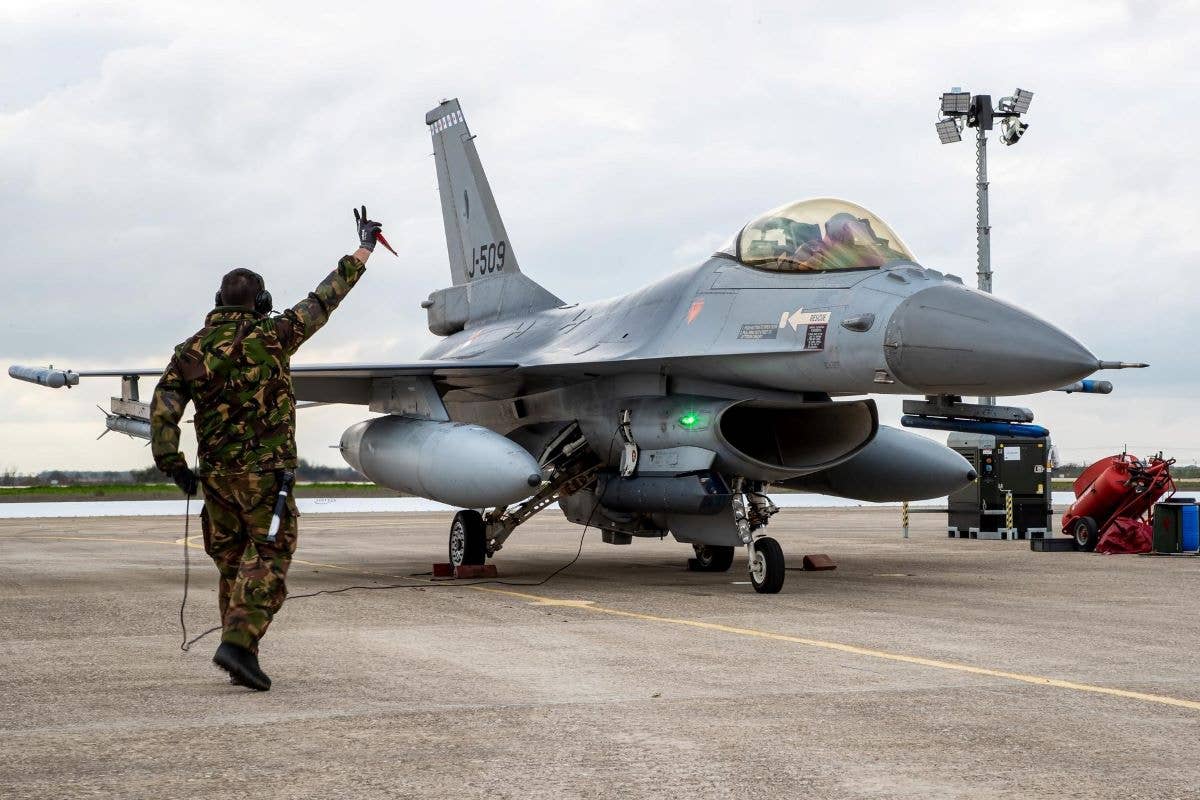How LaGuardia Airport Inspired a Tuskegee Airman to Dream of Flight
Airports, even ones in urban landscapes like LaGuardia, may light a passion for flying.
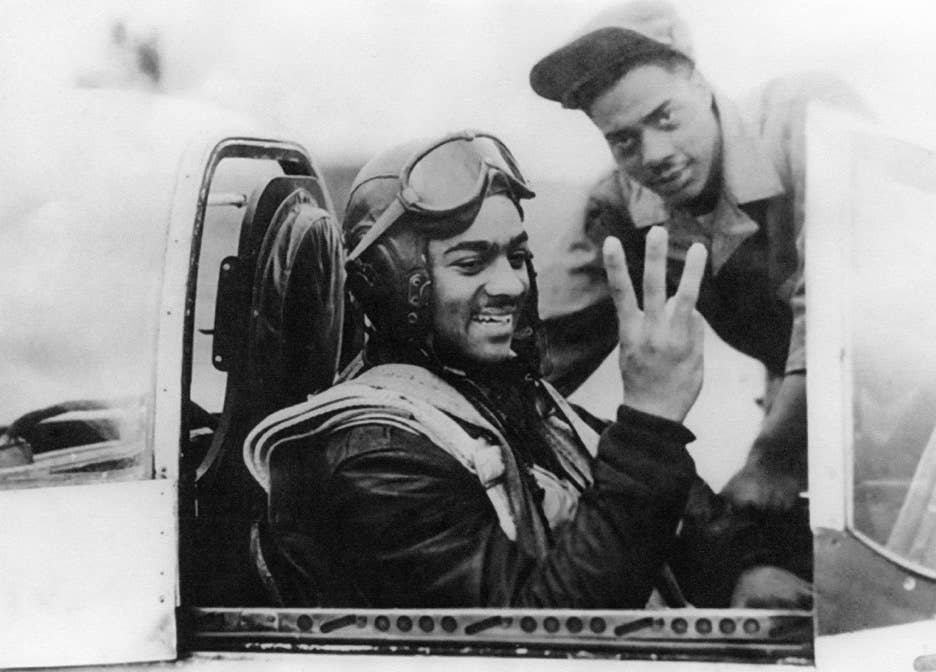
On April 1, 1945, Harry T. Stewart, Jr. downed three long-nosed Focke-Wulf Fw 190s, the premiere German piston fighters of the war, in harrowing dogfights near Linz, Austria, while on a mission with the 332nd Fighter Group, the legendary Red Tails. This U.S. Army Air Forces publicity photo captured afterwards at Ramitelli Air Base in Italy shows Harry in the cockpit of his P-51 Mustang indicating the number of enemy fighters that he felled that fateful day. Harry’s crew chief is in the background. [Courtesy: U.S. Air Force]
With its runways forming a distinctive footprint along the East River and Flushing Bay on the northern edge of Queens, New York, LaGuardia Airport is not infrequently a blur to hurried passengers who perceive the terminals and assorted infrastructure as little more than the component parts of a transport hub enabling their air travel itinerary. But airports, even ones tucked into urban landscapes like LaGuardia, can sometimes light a passion for climbing into the sky. Indeed, the city’s prominent aerial waypoint inspired the dream of flight for at least one quintessential airport neighborhood kid.
Known originally as Glenn H. Curtiss Airport and then as North Beach Municipal Airport, the flying field was rechristened New York Municipal Airport-LaGuardia Field on October 15, 1939 (officially becoming LaGuardia Airport in June 1947). The prewar ceremony marked the culmination of a $20 million improvement project. Hundreds of thousands of people turned out for the event, including an enthusiastic 15-year-old student from the nearby Corona section of Queens.
Harry T. Stewart, Jr. was awed by the aircraft that had flown in for the event, especially one of the Douglas DC-3 airliners of Transcontinental & Western Air (later to become Trans World Airlines, commonly referred to as TWA). The carrier touted its relationship with Charles Lindbergh by promoting itself as “The Lindbergh Line.” Harry’s ebullience in the presence of the plane was captured in a couple snapshots taken that special day.
Even before the airport’s extensive makeover and renaming, Harry had often trekked to the site after school to gaze at the airplanes taking off and landing. His attraction only grew the following March with the opening of the art deco Marine Air Terminal, decorated inside by a huge mural depicting the history of flight. Stately Pan American Airways flying boats, sporting nicknames like Yankee Clipper, started flying oceanic routes to such exotic destinations as Lisbon, Portugal, and Southampton, England.
By coincidence at that time, Harry’s counselor and history teacher at Public School 16 asked him what he planned to do as an adult. “I want to be an airline pilot,” he responded with gusto. He did not understand until later why his teacher had suddenly begun to tear up.
Commercial flying jobs were then closed to African Americans, which made Harry’s aspiration untenable. His teacher tried to nudge him towards another profession. But Harry would have none of it; he held onto his dream and kept going back to the airport.
One day he crossed the perimeter fence and climbed atop a derelict airplane abandoned in the grass. A policeman caught sight of the lad and angrily called out to him. Yet, after Harry explained his love of aviation and plan for the future, the officer’s stern demeanor softened. The cop muttered, “Who can blame you?” Then the two clambered into the airplane’s cockpit and sat together, peering out on the field and contemplating the exhilaration that would surely accompany the act of flight.
When war engulfed America, Harry’s chance to fly had arrived. He enlisted in the Army with the purpose of entering the all-Black flying program at Tuskegee, Alabama. The train ride south was an eye-opener for Harry, who had rarely ventured beyond the boroughs of New York.
The separate lavatories and green curtain that isolated him in the dining car were reminders of the persistent intrusions of Jim Crow in parts of American society. He briefly pondered the absurdity of seeking to fight for liberty abroad while being denied its full fruits at home.
The atmosphere at Tuskegee’s airfields was electrifying. The aircraft and the camaraderie of like-minded young men from across the country were the realization of Harry’s yearnings that had been kindled by his plane-gazing at LaGuardia. Cruising over Tuskegee’s cotton fields he tasted a measure of freedom that was all the more profound by the fact that during the Civil War his grandfather, Preston James Stewart, had been born into slavery in Alabama.
On June 27, 1944, Harry graduated in Class 44-F. In a sign of the times, the newly-commissioned 19-year-old second lieutenant had obtained neither a high school diploma nor a driver’s license. Regardless, in seven months he would be escorting American bombers and tangling with Luftwaffe fighters as a pilot with the legendary 332nd Fighter Group, the Red Tails.
The fast-maturing young man who a short time before was reading accounts of combat pilots in the pulp magazines found himself immersed in the very action of his make-believe heroes. Flying out of Ramitelli Air Base in Italy, the Tuskegee Airmen would emerge years later as leading examples of those who had pursued the Double V—the twin victories against the evils of totalitarianism overseas and racism at home. When asked retrospectively about his wartime service, he says that he and his fellow pilots were too busy in the work of their unit to know that they were making history.
Harry’s most harrowing mission occurred near Linz, Austria on April 1, 1945. His formation of P-51 Mustangs was jumped by superior numbers of enemy fighters, leading to raging dogfights. Harry drew on his training and self-confidence, downing three long-nosed Focke-Wulf Fw 190s, the premiere German piston fighters of the war. For his bravery and skill he was awarded the Distinguished Flying Cross, concluding his deployment with a total of 43 combat missions.
What the Tuskegee Airmen accomplished during the war undoubtedly contributed to President Truman’s decision to desegregate the armed forces in 1948. But before the executive order was implemented in the latter part of 1949, Harry along with Alva N. Temple and James H. Harvey III of the 332nd were sent to the expansive air base north of Las Vegas (now Nellis Air Force Base) to compete in the first postwar Air Force-wide gunnery meet.
Flying late-model P-47 Thunderbolts, the 332nd ’s team won first-place in the propeller division, notching yet another achievement for the all-Black fighter unit. Team members’ names were etched on a trophy that is displayed at the National Museum of the U.S. Air Force in Dayton, Ohio.
Harry had every intention of making a career out of the Air Force, but huge cuts to the military’s budget after the war forced him out as an active-duty pilot and into a non-flying reservist status. He eventually retired as a lieutenant colonel. Hoping his Air Force flying record might be a gamechanger, he approached TWA and Pan Am, the two airlines whose airplanes had stirred his imagination. Sadly, the carriers’ discriminatory employment policies had not yet changed.
Heartbroken, Harry took a deep breath and determined to press on despite being denied his profession of choice. He enrolled in night classes at New York University while holding down a city job, convinced that education was the answer to his future.
His wife, Delphine, the sister of a former squadron mate, always left sandwiches in the fridge for his return late at night and contributed to the household expenses with her salary as an office worker for the New York Yankees. Harry’s studies paid off. He earned a mechanical engineering degree, which opened the door to a rewarding career as an executive with Bechtel Corporation in San Francisco and ANR Pipeline Company in Detroit, where he became a vice president.
In retirement, Harry finally had the chance to go back to flying. He qualified in the motor-gilders operated by the Tuskegee Airmen National Museum in Detroit. As a pilot in the organization’s Youth Academy, he took inner-city children up for their first airplane rides, encouraging them to follow the dream of flight as he had known it growing up in proximity to LaGuardia.
In 2007, Harry was one of a handful of Tuskegee Airmen chosen by his peers to accept the Congressional Gold Medal on behalf of all who were a part of the groundbreaking program. And, in recent years, the successors to the companies that had rejected his attempts to secure a flying job in the postwar era made amends. American Airlines, which acquired TWA, and Delta, which assumed major Pan Am routes, presented Harry with honorary captain’s wings.
As the 83rd anniversary of LaGuardia’s unveiling looms, air travelers dashing through the airport’s magnificent new terminals would do well to slow down and reflect on how this crossroads of the sky enriched the world when it lifted the spirits of a neighborhood kid. Now 98 years old and one of only about 6 surviving World War II combat pilots among the Tuskegee Airmen, Harry perks up when talk turns to LaGuardia and the airliners of the Golden Age that he watched soaring aloft long ago. The glint in his eye affirms that the dream of flight lives on everlastingly in his heart, ready to be embraced by today’s air-minded youth.
Philip Handleman is a longtime pilot and former owner of a private airport in southeast Michigan. He co-authored retired Air Force Lieutenant Colonel Harry T. Stewart, Jr.’s, memoir, titled Soaring to Glory.

Sign-up for newsletters & special offers!
Get the latest FLYING stories & special offers delivered directly to your inbox


